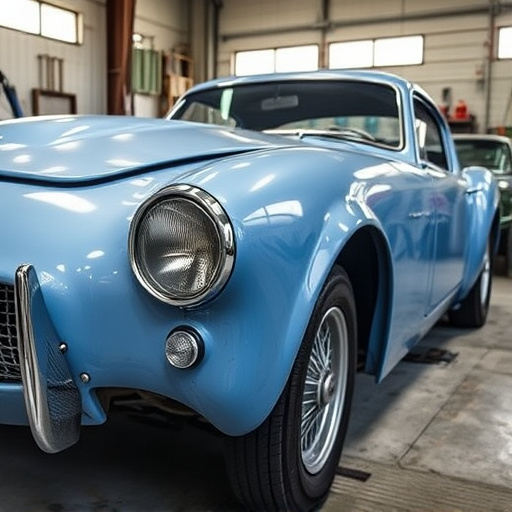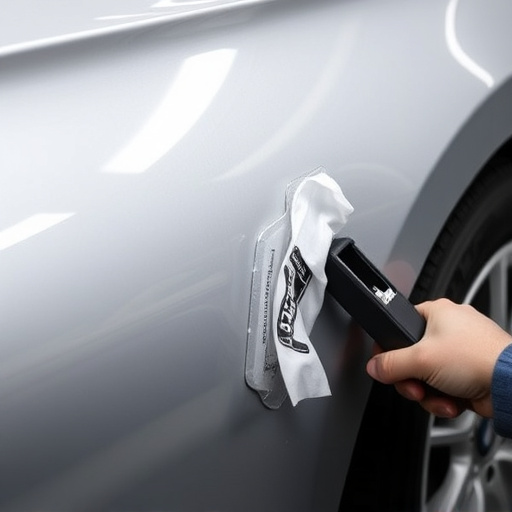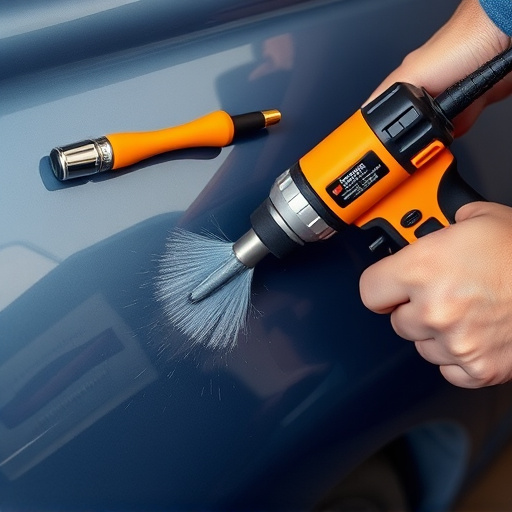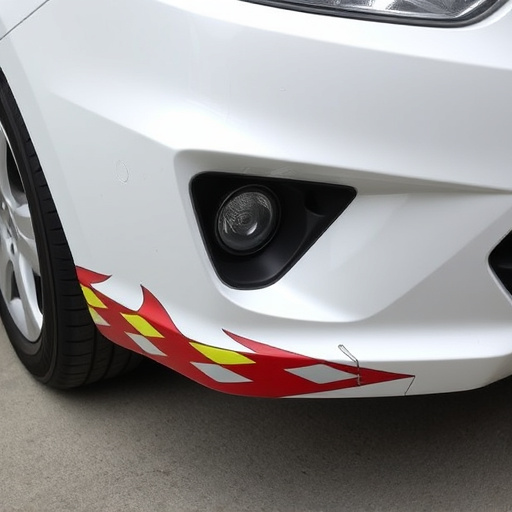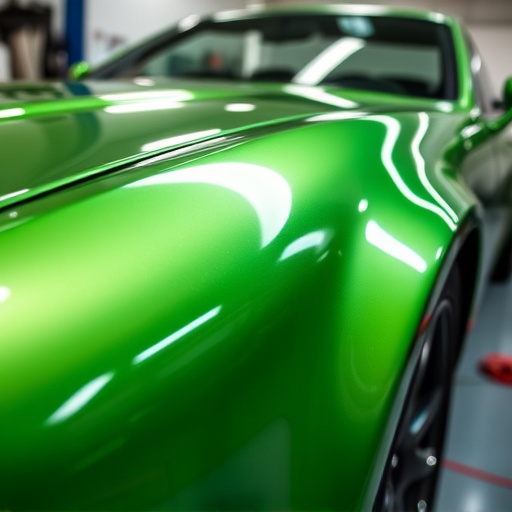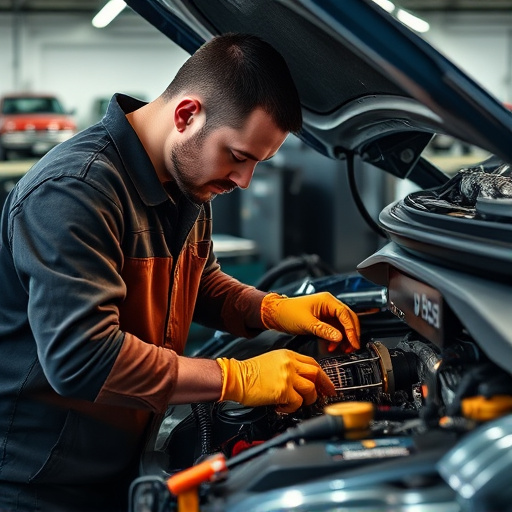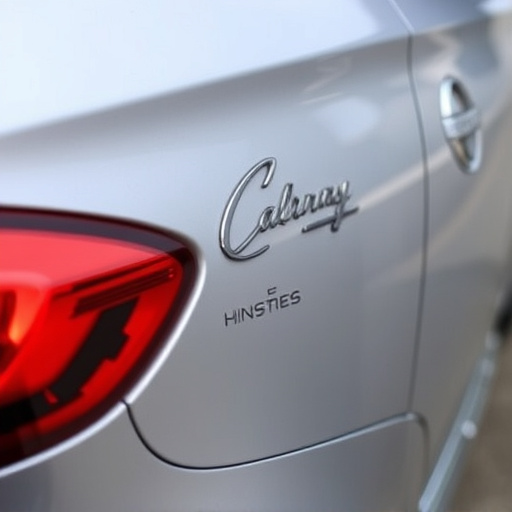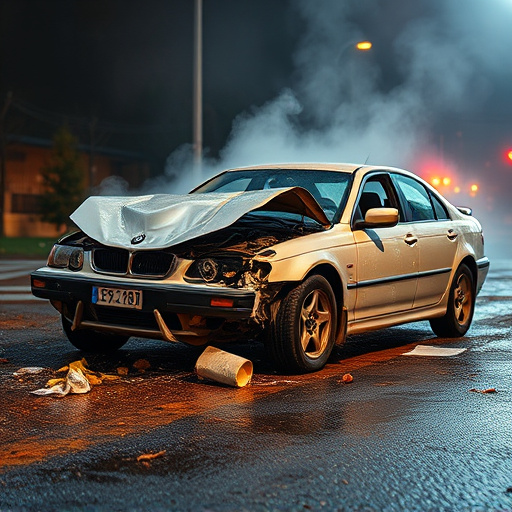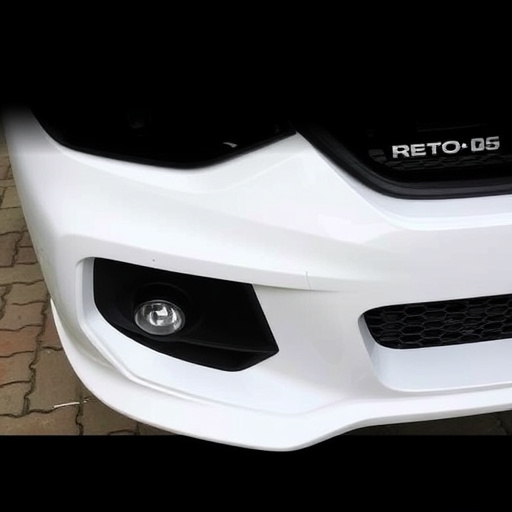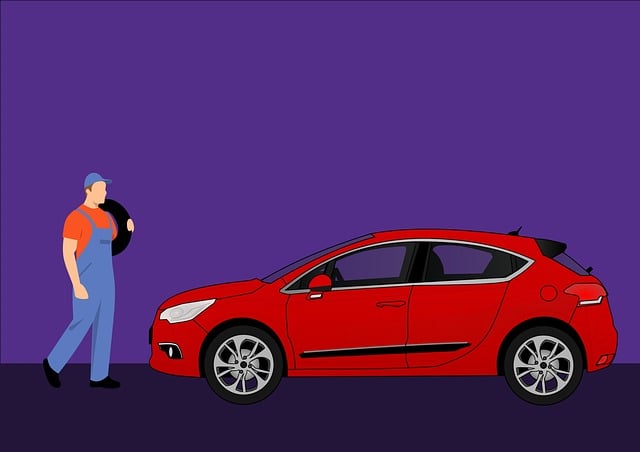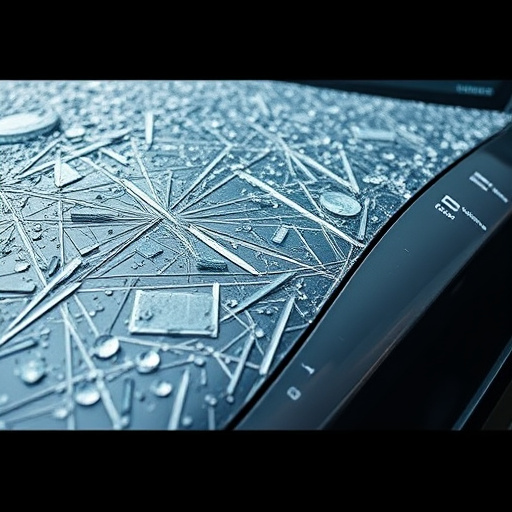Hail damage repair involves a meticulous process starting with assessment, preparation, and varying repair techniques from 'pinning' to heat gun reshaping. Post-repair includes sanding, priming, and painting for a seamless finish. Paintless hail damage repair (PHDR) is a modern, non-invasive method using specialized tools to gently press out dents without repainting, offering quicker turnaround times, reduced costs, and preservation of the vehicle's original factory finish, ideal for aesthetic concerns and resale value.
“Uncover the evolution in hail damage repair with a comparison between traditional and paintless methods. Traditional repairs involve a step-by-step process, from assessment to panel replacement, often leaving visible marks. In contrast, paintless hail damage repair (PHDR) offers a modern, non-invasive approach, preserving original factory finishes without traces of repair.
Explore the benefits and considerations of each method, empowering you to make an informed choice for effective and discreet hail damage restoration.”
- Understanding Traditional Hail Damage Repair: A Step-by-Step Process
- Paintless Hail Damage Repair: The Modern, Non-Invasive Approach
- Comparison: Benefits and Considerations of Each Method
Understanding Traditional Hail Damage Repair: A Step-by-Step Process
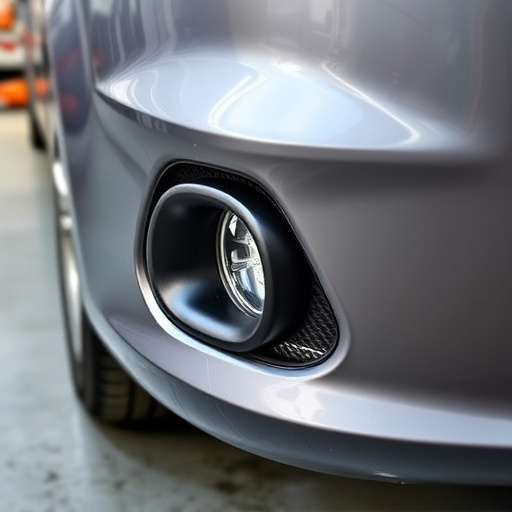
Hail damage repair, a traditional approach, involves a structured process that many collision repair shops have been employing for years. It begins with an initial assessment to determine the extent of the hail damage on the vehicle’s exterior. This often includes inspecting panels, fenders, and doors for dents, cracks, or any signs of impact. Once identified, the affected areas are carefully prepared, usually by removing debris and applying primers to ensure a clean surface.
The next step is the actual repair, which can vary based on the severity of the damage. For smaller dents, a skilled technician might use specialized tools to push out the dented panel from inside, a process known as ‘pinning’. Larger dents may require more intricate methods such as hammering or using heat guns to reshape the metal. After repair, the area is sanded, primed, and painted, matching the vehicle’s original color for a seamless finish. This step-by-step method ensures that traditional hail damage repair is a meticulous process aimed at restoring vehicles to their pre-hail condition, with many collision repair shops specializing in this technique.
Paintless Hail Damage Repair: The Modern, Non-Invasive Approach
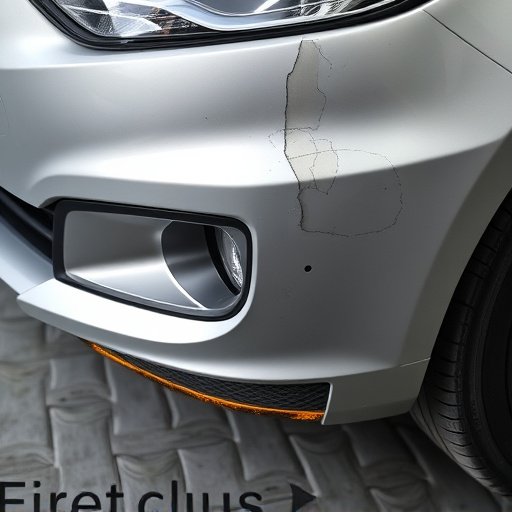
Paintless hail damage repair represents a modern, non-invasive approach to addressing car dents and dings caused by severe weather events. Unlike traditional methods that involve extensive painting and labor-intensive processes at an auto body shop or collision center, this innovative technique preserves the vehicle’s original factory finish. Skilled technicians use specialized tools and techniques to carefully push out damaged areas back to their original shape, effectively removing hail damage without the need for sandblasting or repainting.
This method is particularly appealing as it offers quicker turnaround times, reduced costs, and minimal disruption to the car’s overall aesthetics. As a result, many vehicle owners are opting for paintless hail damage repair as a convenient and cost-effective solution, preferring to avoid the lengthy stays at collision repair services and the potential drawbacks of traditional auto body shop repairs.
Comparison: Benefits and Considerations of Each Method
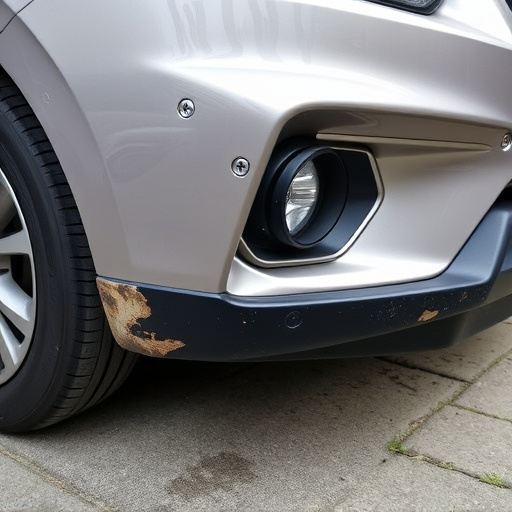
When comparing traditional hail damage repair with paintless hail damage repair (PHDR), several key differences stand out. Traditional methods often involve sandblasting or cutting away damaged areas to replace parts, followed by extensive painting and finishing. This approach can be time-consuming, costly, and may leave visible scars on the vehicle’s surface due to the repainting process.
On the other hand, PHDR is a newer technique that preserves the original factory finish of the car. It utilizes specialized tools and techniques to gently press out dents, making it quicker and more cost-effective for many types of hail damage. While PHDR may not be suitable for all cases, particularly severe or deep dents, it offers significant advantages in terms of aesthetics, time saved, and potential resale value for vehicle owners looking into automotive repair solutions like bumper repair or car restoration.
When it comes to repairing hail damage, both traditional and paintless methods offer unique advantages. Traditional repair involves a more extensive process with potential paint removal and reapplication, while paintless repair is a modern, non-invasive approach that preserves the vehicle’s original finish. In terms of benefits, paintless hail damage repair is faster, cost-effective, and maintains the car’s aesthetic appeal. However, traditional methods might be more suitable for severe cases or specific panel types. Ultimately, choosing the right method depends on the extent of the damage, personal preference, and ensuring a high-quality restoration.
